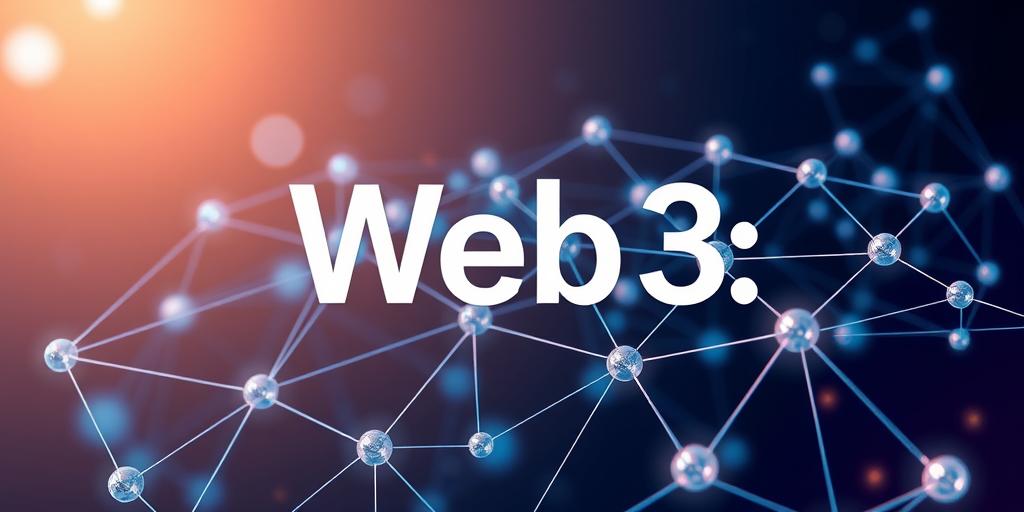Web3: The Vision of a Decentralized, User-Owned Internet
The internet's evolution is marked by distinct phases. Web1 was the era of static web pages, Web2 brought interactivity and user-generated content, and now, Web3 promises a decentralized, user-owned experience. This article explains the vision of Web3, its core concepts, and its potential impact.
What is Web3?
Web3, at its core, is an evolution of the internet that incorporates decentralization, blockchain technologies, and token-based economics. It aims to shift power from centralized entities to individual users, fostering a more democratic and transparent online environment.
Key Concepts of Web3
Decentralization: Web3 applications (dApps) are built on decentralized networks, like blockchains, reducing reliance on central servers and single points of control.
Blockchain Technology: Blockchains provide secure, transparent, and immutable ledgers for transactions and data storage.
Smart Contracts: These self-executing contracts automate agreements between parties without intermediaries, ensuring trust and efficiency.
Cryptocurrencies and Tokens: Cryptocurrencies serve as the native currencies of Web3 ecosystems, while tokens represent various digital assets and utilities.
User-Owned Data: Web3 empowers users to control their data, deciding who has access and how it's used, addressing privacy concerns prevalent in Web2.
How Does Web3 Differ from Web2?
Data Ownership: In Web2, user data is primarily controlled by large corporations. Web3 shifts control back to users through decentralized systems.
Centralization vs. Decentralization: Web2 relies on centralized servers, making it vulnerable to censorship and single points of failure. Web3 distributes data across a network, enhancing resilience and reducing censorship.
Trust Model: Web2 depends on trusted intermediaries to facilitate transactions. Web3 leverages blockchain technology and smart contracts to establish trustless interactions.
Use Cases of Web3
Decentralized Finance (DeFi): DeFi platforms offer financial services like lending, borrowing, and trading without traditional intermediaries.
Non-Fungible Tokens (NFTs): NFTs enable the creation and trading of unique digital assets, from art and collectibles to virtual real estate.
Decentralized Social Media: Web3 social media platforms empower users with control over their content and data, reducing censorship and algorithmic manipulation.
Supply Chain Management: Blockchain technology can enhance transparency and traceability in supply chains, ensuring product authenticity and ethical sourcing.
Challenges and Considerations
Scalability: Many blockchain networks face scalability challenges, limiting transaction throughput and network capacity.
Regulatory Uncertainty: The regulatory landscape surrounding Web3 technologies is still evolving, creating uncertainty for developers and users.
User Experience: Web3 applications can be complex and require users to manage cryptographic keys and wallets, posing usability challenges.
Security Risks: Smart contract vulnerabilities and phishing scams can lead to financial losses, requiring robust security measures.
Conclusion
Web3 represents a paradigm shift in how we interact with the internet, promising a more decentralized, user-owned, and transparent online experience. While challenges remain, the potential benefits of Web3 are vast, spanning finance, media, supply chains, and beyond. As the technology matures and adoption grows, Web3 is poised to reshape the digital landscape.









